Blog
POWER ELECTRONIC SIMULATIONS and PRODUCT DEVELOPMENT CYCLE
At PEG, we practice an integrative approach involving simulation in the complete product development cycle. It is important to understand the role of simulation in every phase of the product development cycle. Below is a summary of how simulation can be used in each stage:
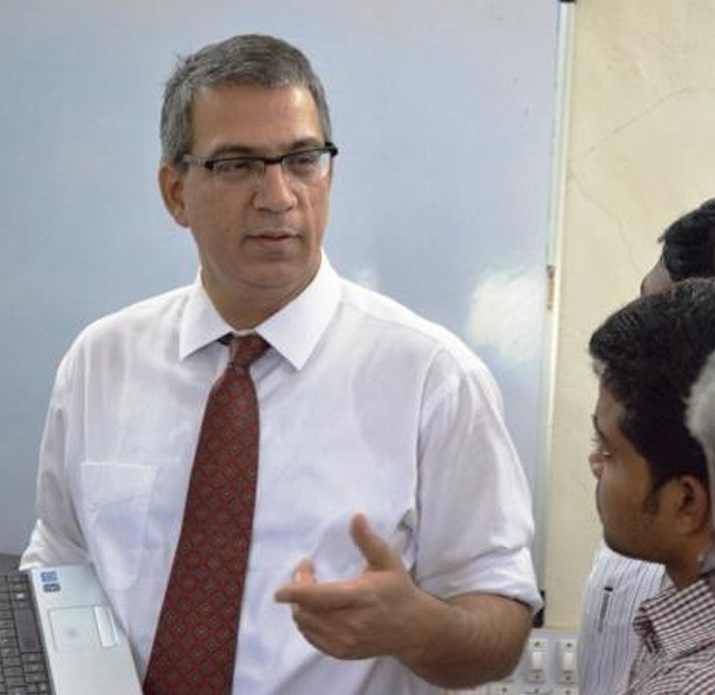
1
Concept Phase:
Also, for majority of the engineers, a process methodology or steps to design must include simulation. Simulation is most effective when the circuit behavior is not well understood and one can construct several what-if scenarios or use simulation to build a repertoire of questions to be answered about the design problem at hand. Simulation effectiveness improves with experience and time. An engineering department must be dedicated to it. As with any other skill, to yield simulation as a potent competitive weapon, one must spend significant time and resources to hone it. A frivolous relationship or experimental tinkering with simulation tools will not yield any fruitful results.
2
Design Phase:
3
Prototype Phase:
4
First Article Phase:
Do not be too ambitious to incorporate a host of models at one time. Also realize that incorporating each component model is never required. One must be quite prudent in incorporating essential component models. Just remember Pareto’s principle – 20% or less determine 80% or more of the outcome. This must always be kept in mind

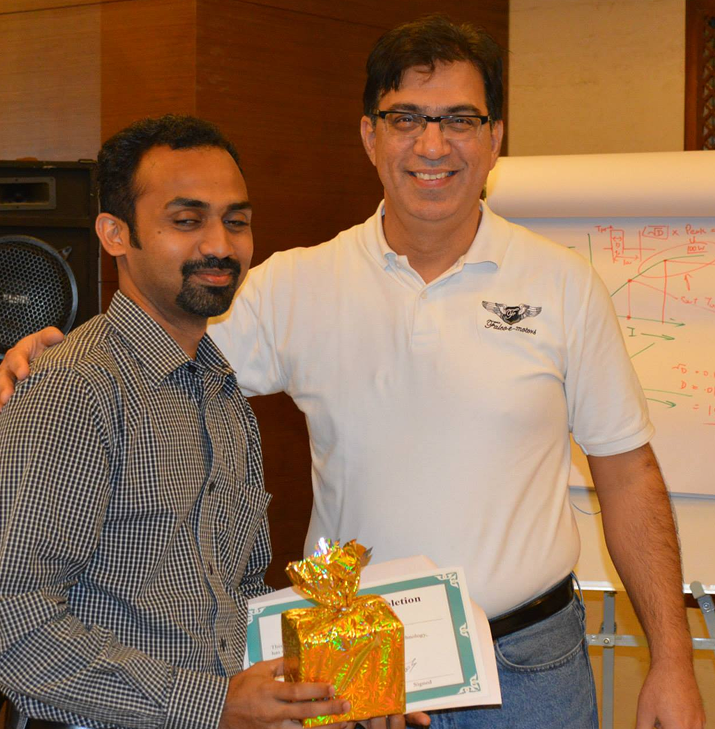
5
Pre-Production/Production Phase:
- Before you build your own circuit model, search to see if similar circuits are available in the public domain. A great engineer always builds her/his work on what is already available. Do not reinvent the wheel.
- Always start with the most idle circuit model of components. Simplicity is the key. Sub-circuits are great in ensuring that small parts of circuits can be made to work first. It is always prudent to use simple, well-tested models.
- Now, transient analysis using idle components will get you only so far. Small Signal modeling is an important step in being able to overcome convergence problems as well as understand the circuit behavior fully. This technique requires state space averaging and is most vital in simulating Power Electronic circuits. PEG specializes in small signal modeling of the Power Electronic circuits and if you run into hot waters using this technique, we are happy to help.
- Control loop compensation is not a simple matter for most of the Power Electronic circuits. However, the compensator can be easily designed using the small signal modeling techniques.
- Once the above steps are followed and we have a working simulation, we can begin to run various what-if scenarios to understand the circuit behavior in time domain as well as frequency domain.
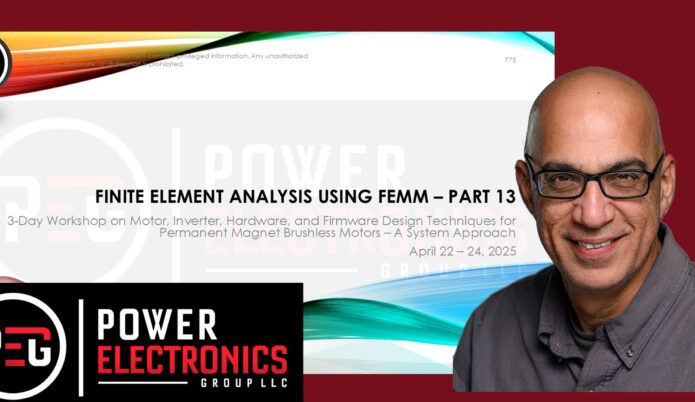
14
May, 2025
Finite Element Motor Design and Automation Using FEMM and MATLAB: A Practical Methodology for Motor Engineers
Rakesh K Dhawan, Power Electronics Group LLC
Rakesh Dhawan AbstractThe Finite Element Method Magnetics (FEMM) has emerged as a vital open-source tool for electromagnetic simulation, offering a cost-effective and reliable platform for electric motor analysis. This article presents a comprehensive overview of using FEMM for motor modeling and design validation, followed by its integration with MATLAB for automated simulation and data analysis. The methodology is demonstrated...
Read More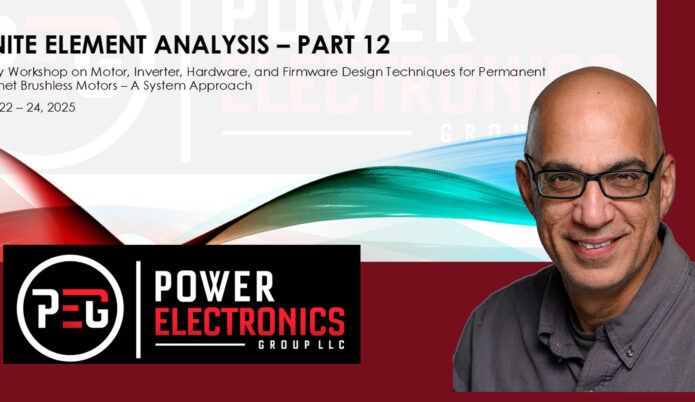
10
May, 2025
Design and Finite Element Analysis of Surface and Interior Permanent Magnet Motors for High-Efficiency Applications
Rakesh K Dhawan, Power Electronics Group LLC
Author:Rakesh Dhawan Abstract This paper presents a comprehensive design methodology and performance analysis of permanent magnet motor topologies using finite element analysis (FEA). Starting from defined customer specifications—including torque, speed, and thermal constraints—we investigate the impact of rotor-stator geometries and magnet configurations on electromagnetic torque, cogging torque, back-EMF waveform qualit...
Read More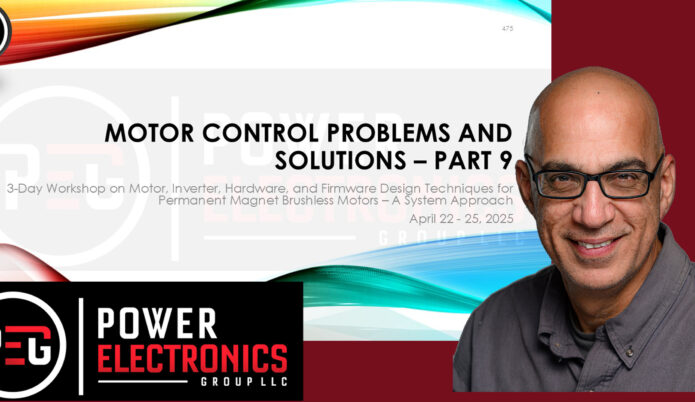
10
May, 2025
Diagnostic Strategies and Protection Techniques for Electric Motor Drive Systems
Rakesh K Dhawan, Power Electronics Group LLC
Author:Rakesh Dhawan Abstract The complexity of modern electric motor drive systems, particularly involving Permanent Magnet Synchronous Motors (PMSMs) and Brushless DC (BLDC) motors, demands a robust approach to fault diagnosis and system protection. This paper investigates various failure modes, including winding overload, electromagnetic interference (EMI), torque ripple, cogging torque, and short-circuit conditions. F...
Read More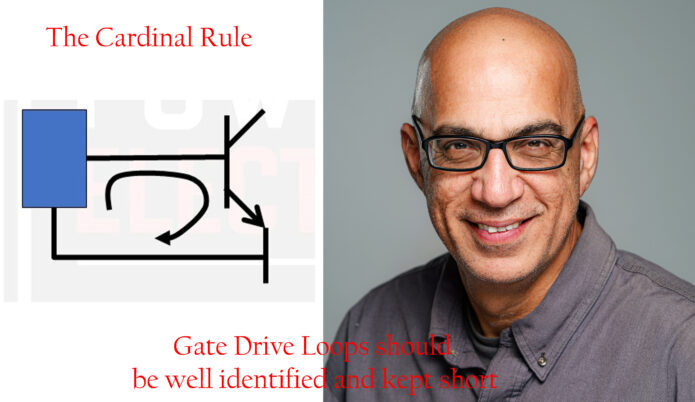
03
May, 2025
Minimizing Current Loops in High-Voltage Inverter PCB Layouts: Why It Matters
Rakesh K Dhawan, Power Electronics Group LLC
https://youtube.com/shorts/Ld-iq4DZjbI Designing a reliable and robust high-voltage inverter starts with a foundational principle in PCB layout—minimizing current loops. This is not just a best practice; it is essential to performance, safety, and electromagnetic compatibility (EMC). Just as we identify flux loops in motor design, we must identify and control current loops during the layout of an inverter. This becomes increa...
Read More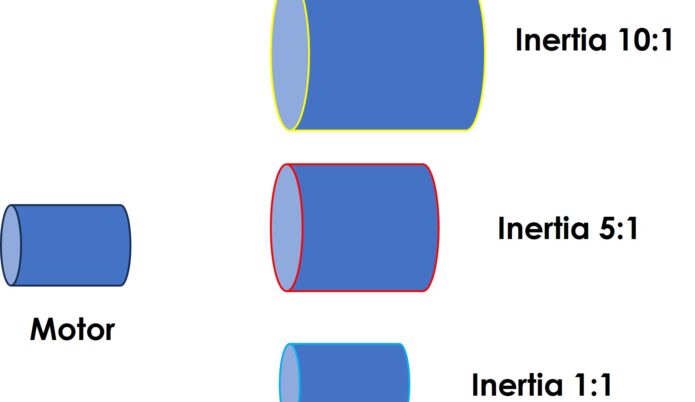
20
Apr, 2025
Inertia Matching - Rule of Thumb for Stability of Motion Systems
Rakesh K Dhawan, Power Electronics Group LLC
What Is Inertia Matching? Inertia is an object’s resistance to changes in motion (i.e., acceleration or deceleration).In a motor-drive system, you’re dealing with two key inertias: Motor inertia — the rotational inertia of the motor rotor Reflected load inertia — the inertia of the load as seen by the motor through the mechanical transmission (gearbox, pulley, etc.) Jload (reflected)=Jload/Gear Ratio2 Why...
Read More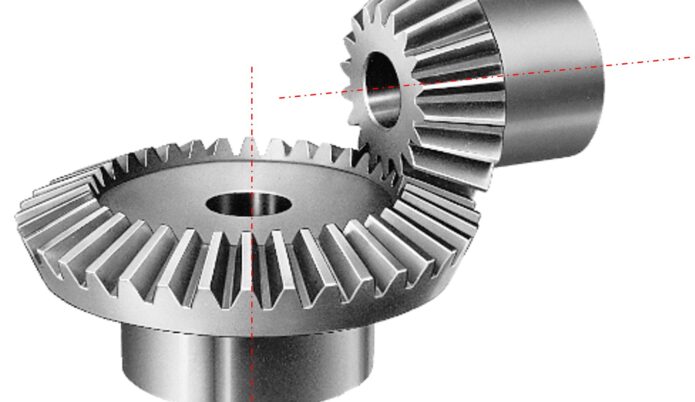
20
Apr, 2025
Motor Sizing: General Considerations with respect to Horizontal and Vertical Axes
Rakesh K Dhawan, Power Electronics Group LLC
When sizing a motor for an application, it is crucial to distinguish between horizontal and vertical motion axes, as each involves different load considerations and system dynamics. Here's how you should approach each: Before diving into horizontal vs. vertical, the core factors in motor sizing include: Load inertia (moment of inertia) Required torque and speed Acceleration and deceleration profiles Duty cycle and th...
Read More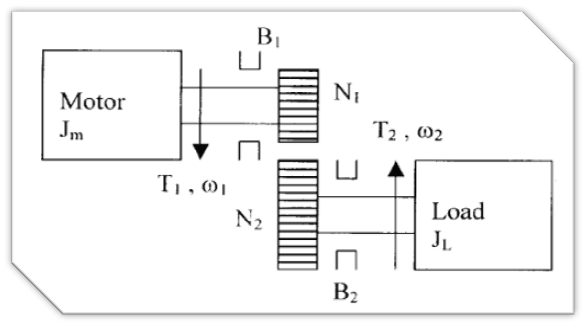
20
Apr, 2025
Transmitted Power and Peripheral Velocity
Rakesh K Dhawan, Power Electronics Group LLC
In rotational systems, peripheral velocity (also known as tangential or linear velocity at the rim of a rotating body) plays a key role in determining the power transmitted. Mathematically: P=F⋅v Where: P = Power F = Force (typically tangential) v = Peripheral velocity Since force is related to torque (T=F⋅r), we also get: P=T⋅ω=F⋅r⋅ω=F⋅v Thus, increasing peripheral velocity enables higher power transm...
Read More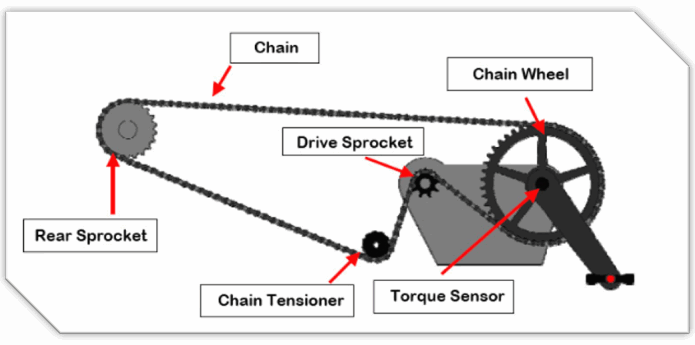
20
Apr, 2025
Understanding Power Transmission through Mechanical Couplings/Gearing Systems
Rakesh K Dhawan, Power Electronics Group LLC
In mechanical systems, transmitting power effectively from a prime mover (typically a motor) to a machine or between machines requires a crucial intermediary: the coupling. Couplings not only help tailor the power characteristics to suit specific application needs but also play a central role in ensuring reliability, efficiency, and precision in mechanical systems. The Role of Couplings in Power Transmission A prime mover, ...
Read More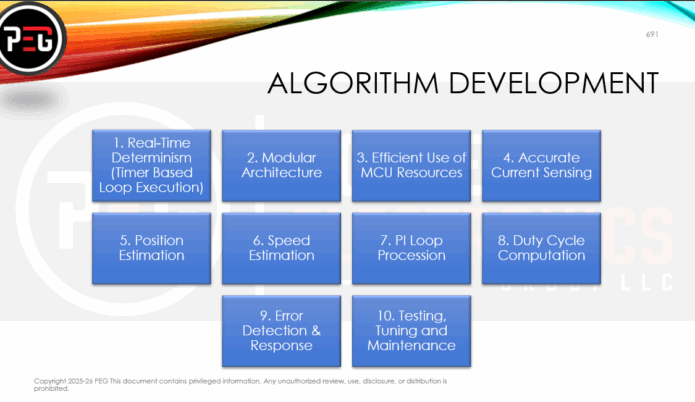
18
Apr, 2025
10 Keys to Efficient Motor Code Development
Rakesh K Dhawan, Power Electronics Group LLC
Whether you're building control software for a brushless DC motor (BLDC), PMSM, or induction machine, efficient motor code development is the cornerstone of robust, responsive, and safe performance. At the heart of real-time motor control lies a tight loop of functions executed every pulse-width modulation (PWM) cycle, typically in the range of 10 to 100 microseconds. Here's a comprehensive breakdown of the core principles of efficient...
Read More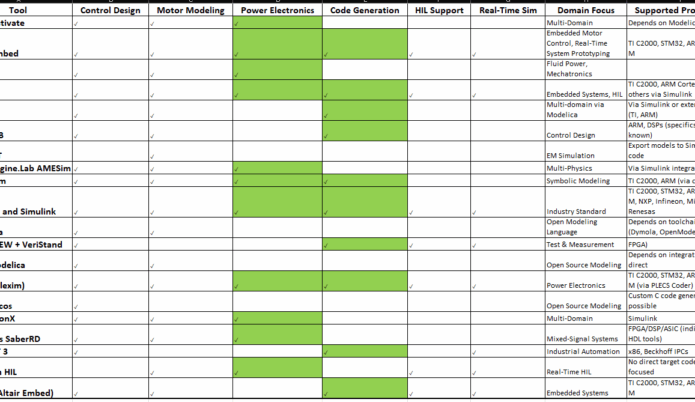
18
Apr, 2025
Model-Based Design Tools for Motor Control Development: A Comprehensive Overview
Rakesh K Dhawan, Power Electronics Group LLC
In today’s fast-paced world of electrification, motor control development is no longer limited to low-level coding and manual testing. Model-Based Design (MBD) has emerged as a game-changing methodology, enabling rapid prototyping, simulation, control validation, and automatic code generation. Various software tools now cater to different aspects of motor control development, from algorithm design to hardware-in-the-loop (HIL) testin...
Read More